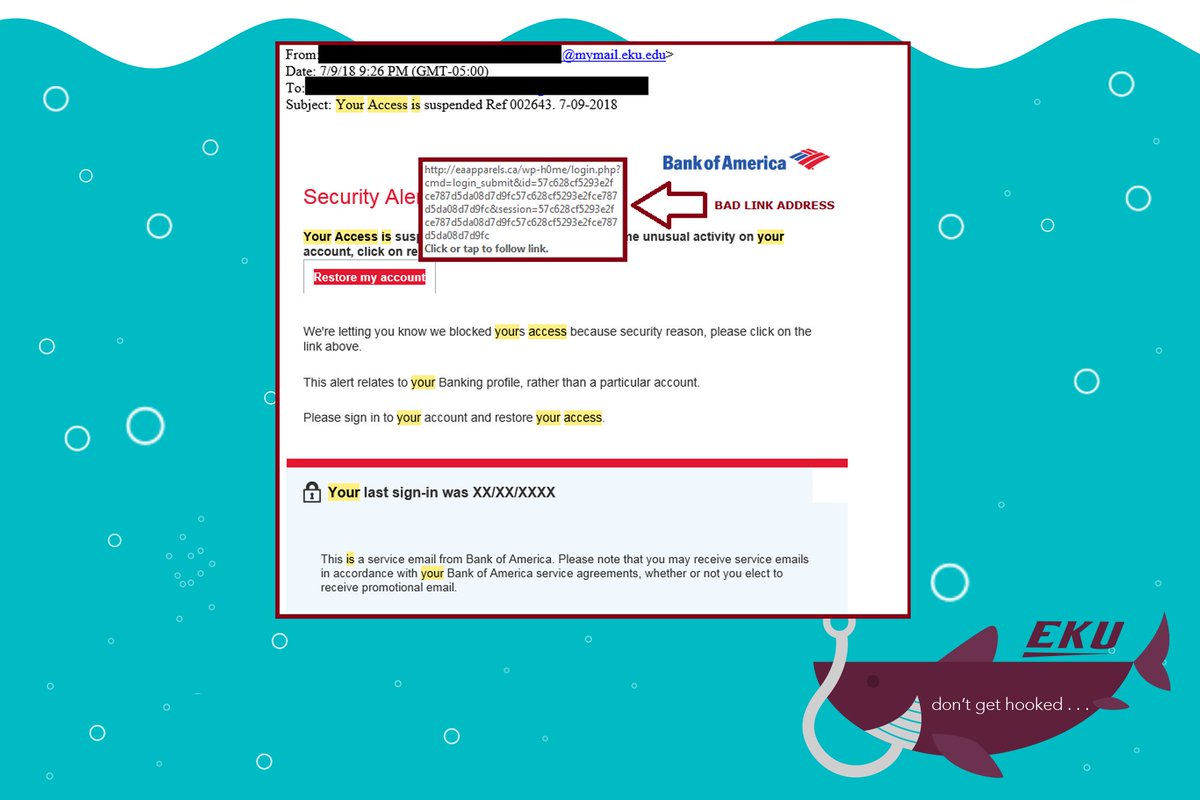Access Ignore Status Before Date
Hi all,I am using MS Project 2013 and I'm having a problem with the reporting of 'late tasks'.I have a production schedule for works on a customers site. HiSo I went back into my original file and re-set a baseline. I again updated the tasks to show the actual start and finish times my Site Manager gave me, while checking on future tasks which were 'Late'.As I began to update the tasks as completed I noticed that tasks further down the schedule which were 'Late' began to show as 'On Schedule' or 'Future'. These shouldn't be because my project is running behind schedule and several of these now 'On Schedule' or 'Future' tasks should have been completed 3 days before the current Status Date.Is this change happening because Project is automatically rescheduling tasks due to the project drifting from the original baseline schedule which I had set?I would like to show tasks which are 'Late' against the baseline.Thanks.

Nov 13, 2006 - Despite the Date/Time data type and a selection of functions for manipulating date values and components, handling dates in Access is often a. Ignore Time In Date And Time Field Mar 6, 2007. Hi, Wonder if someone can help please. I'm quite new to Access so please bear with me. I have a data field in my database consisting of both a date and time. Welcome to Access Dane! This site provides data and services to Dane County citizens, government and public agencies, and business professionals. Parcel Search. Please select: Owner Address Parcel Advanced Search. News & Notifications. 2018 Plat Books available now!

SELECT orders. FROM ( SELECT userid, MAX ( createdat ) AS createdat FROM orders GROUP BY userid ) AS latestorders INNER JOIN orders ON orders. Userid = latestorders. Userid AND orders. Createdat = latestorders.
Under Review Status Date Change

CreatedatAlright, this is slightly less intuitive. The key idea is that you select onlythe orders that match the userid and the createdat timestamp of thelatestorders sub-selected table. If you accept that the sub-select willreturn only the subset of userids paired with their most recent order thisbecomes relatively clear.One caveat: there’s a slight issue with using a datetime as an identifier here.What if two orders have the same datetime (specifically the most recent)? In thecase of users making orders it’s pretty unlikely short of a double-submitbug, but depending on your use-case for the table in question and the scale ofyour application it is possible.
The upshot is that this query would include2 entries for that user. This is likely a problem. A small one if you aredisplaying the latest orders to the admins of your application (they see twoorders for one user). A larger one if you are doing something user-facing. Inthis situation you’d really just want to pick one of the two and adding aDISTINCT clause on userid in the above example would do just that.This strategy can be expanded for any number of similar situations, even thosethat require grouping by several fields. Let’s look at another, slightly morecomplicated example:.
Users: id, username. Companies: id, companyname. StockHoldings: id, userid, companyid, quantity, purchaseprice. BondHoldings: id, userid, companyid, purchaseprice, parvalue,interestrate.
HoldingValueStamps: userid, holdingid, holdingtype, value,createdat Here StockHolding and BondHolding represent ownership of stock and bonds. Ifyou bought 10 shares of AAPL we would create a StockHolding for you withcompanyid: 'AAPL', quantity: 10. The value of those AAPL shares wouldfluctuate over time. HoldingValueStamp will be how we track their value.Every minute we’ll create a HoldingValueStamp with the current value of your10 shares of AAPL. These stamps are created to keep an historical record of thevalue of our user’s holdings. Having these stamps would also allow us to showour users a trend-line of their portfolio’s value overtime.We also need to be able to tell the user the current value of their portfolio.To do this we need the most recent HoldingValueStamps for each holding (atthis point only StockHoldings and BondHoldings) that belongs to the user.